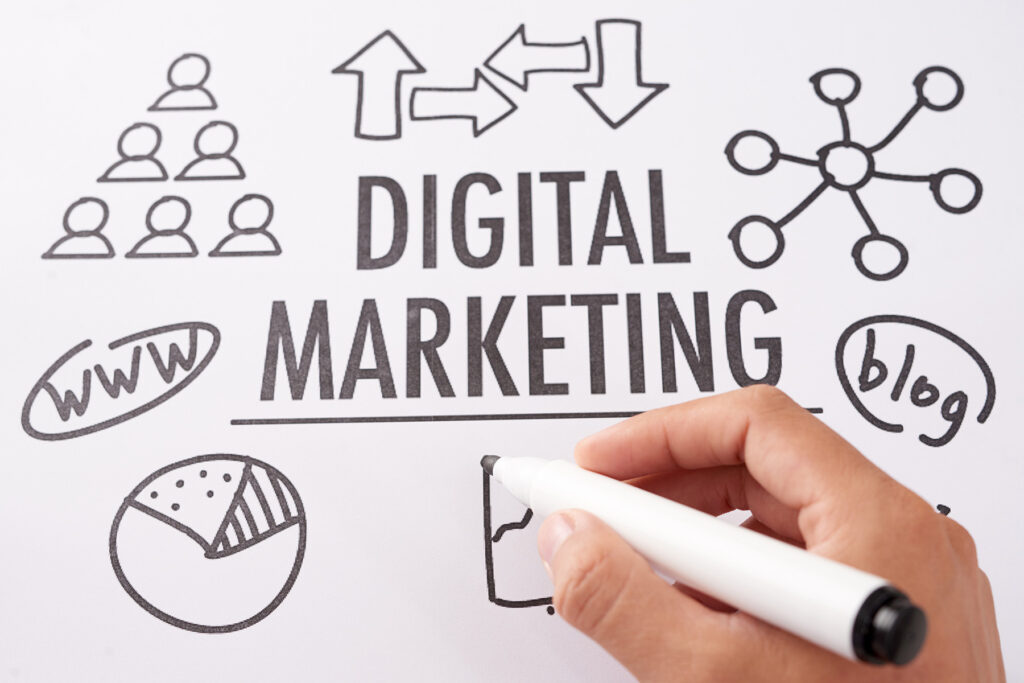Recently, I was scrolling LinkedIn and stumbled on an article that caught my eye. The article “This is Marketing’s Moment” was published in Engineering News Record (ENR).
I was intrigued to see what direction the article would go in. Surely, I thought, this article is about proposal production, how to get proposals out the door quicker, how to manage the proposal process, how to get the win, how to do an interview, how to prep for an interview, how to get what you need from busy project managers, and the list goes on. I have never been happier to be wrong! This article was about the side of marketing you rarely hear about in the Architecture, Engineering, Construction (A/E/C) world.
My first “Hallelujah” moment happened with this paragraph:
“Marketing is proactive. Marketing lets your prospective clients know that you exist and reminds your current clients that you can solve their problems. Marketing defines who your firm is, and why you are different than every other firm. Marketing drives business development and selling – more than it ever has in the past.”
In the A/E/C world, we hear so much about proposals. Proposal development is a very productive, targeted way of getting business and is becoming more and more strategic. Still, proposal development should only be a piece of your overall marketing strategy.

“Marketing is defined as the process of creating firm awareness; building and differentiating the brand; driving business development activities; and identifying, anticipating, and satisfying client objectives to achieve profitable business goals.”
Proposal development needs to be a function of the marketing team. It is an essential part of the Business Development Process, but responding to a proposal is a reaction, and, at its core, marketing is meant to be proactive. Creating and maintaining a strong digital presence is a huge benefit to the proposal development team because it can give us more reach and allow us to be everywhere at once without being in person. Proposals are a critical part of getting work, but I am excited to be a part of this shifting view of marketing in the A/E/C world!.
“If we can refrain from viewing marketing as a reactive activity that is subservient to business development (pulling together a brochure for an appointment or responding to an RFP/RFQ request), we can see a world of opportunity in front of us.”
After that excellent point about being reactive, the author describes how essential marketing is in the moment we are in, also known in the article as “The Great Pause.” The A/E/C world is driven by person-to-person interactions, handshakes, attending conferences, Committee involvement, and being at the right place at the right time. None of these things are happening right now. This has forced the legacy of A/E/C marketing to start shifting to a digital and creative focus. It is really fun to be a part of it and be supported, encouraged, and challenged daily.
The article continues to dig into different aspects of marketing that we all need to be paying attention to:
- Brand
- Value Proposition
- CRM System and Processes
- Website
- Social Media
- Thought Leadership
- Client Experience
This list (and really the whole article) was a HUGE ego boost for me because we are focusing and strategizing around everything on this list and have been for quite a while (#halfstepahead).
My joy over this was really an affirmation moment. I have been given the flexibility and autonomy to help drive Summit’s marketing initiatives. Still, sometimes I see someone give me a “look” when I talk about social media or blogging. I definitely still get the “let’s not lose sight of proposals” comments, but I do not have to do a ton of convincing these days. At Summit, there is an understanding that a successful marketing strategy and plan are making ALL of this work together, and it is a team effort.
As this article mentions, you can’t put all of your focus into one aspect of marketing because that one piece could become obsolete. It would help if you diversified your team’s output to reach your audience on multiple levels. For example, when I began at Summit, the primary focus of the marketing team was proposal output. Now, our marketing group manages our website material, blog, social media, print and digital marketing materials given to clients and proposals.

Our marketing team also does video production, internal communications, and developing a public relations strategy. Our team is a small group of hard-working, smart, and dedicated individuals who rely on each other to do our best work. Most importantly, a company must do good work for their clients, build strong relationships and be trustworthy. These qualities transcend any medium that is used. Word of mouth and genuine relationships will always stand the test of time. Our team has combined being proactive and reactive to reach our clients where they are. The practice is no longer “this is what we’ve always done” but “what can we do better?” By constantly evolving, we can adapt to larger changes outside of our control.
